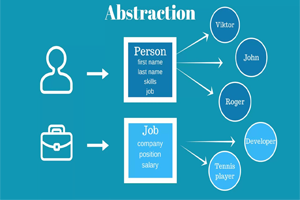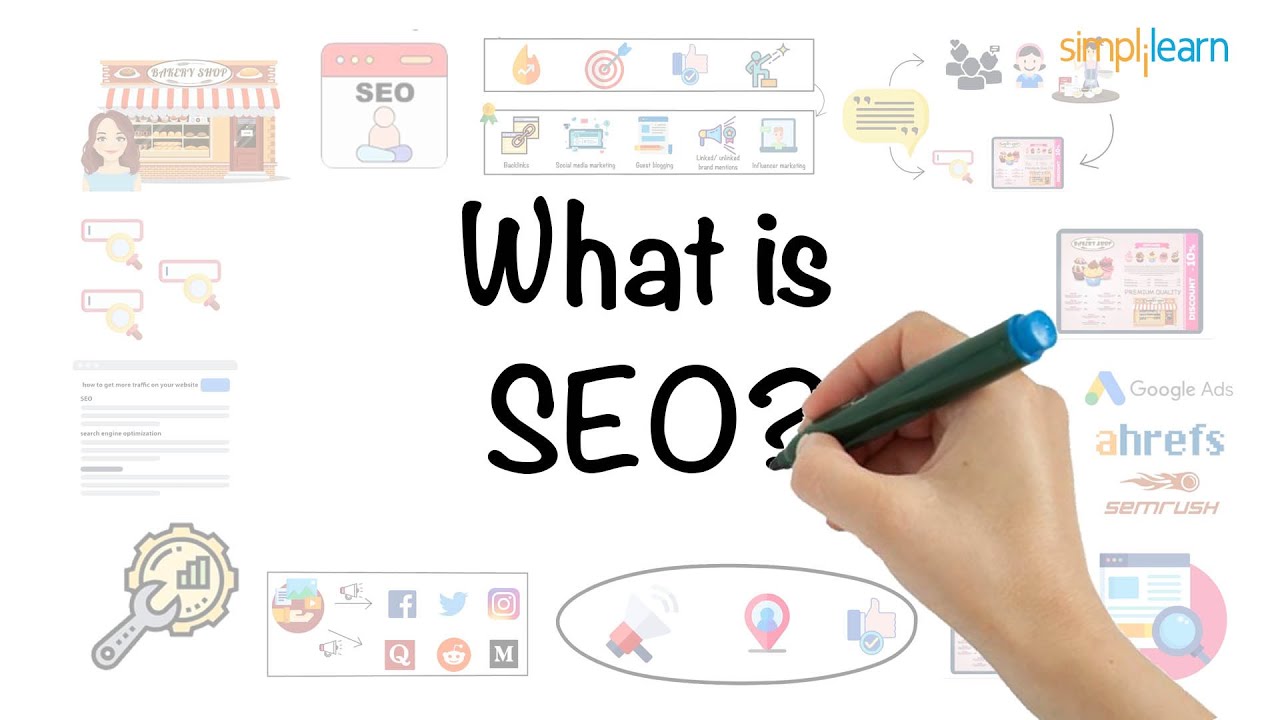The Complete Definitive Guide to On-Page SEO
Published: 19 Sep 2023
Introduction
On-page SEO also called on-site SEO, is the practice of optimizing individual web pages to rank higher and earn more organic traffic from search engines. It interests optimizing various elements on a webpage to make it more attractive to both search engines and human visitors. Effective On-Page SEO can lead to improved search engine rankings, increased organic traffic, and better user experience.
Factor Effect of On-page SEO
these are some factors Effects are as follows:
1. High-Quality Content
Content is king in the world of SEO, and this mantra holds true for On-Page SEO as well. High-quality, relevant, and engaging content is the foundation of any successful SEO strategy. When creating content for your website, keep the following tips in mind:
Keyword Research:
Identify relevant keywords and phrases that your target audience is likely to search for. Tools like Google Keyword Planner and SEMrush can help in this regard.
Content Structure:
Organize your content into a clear and logical structure with headings and subheadings. Use bullet points and numbered lists to make it more readable.
Keyword Placement:
Include your target keywords strategically in the content, such as in the title, headings, and throughout the body. However, avoid keyword stuffing, which can lead to penalties from search engines.
Freshness:
Regularly update your content to keep it current and relevant. Outdated content can negatively impact your rankings.
2. Title Tags
Title tags are HTML elements that define the title of a webpage. They are displayed as clickable headlines in search engine results and in the browser’s title bar when a user visits your site. Optimizing title tags is crucial for On-Page SEO:
Keyword Inclusion:
Include your primary keyword in the title tag, preferably towards the beginning.
Length:
Keep title tags concise, typically around 60 characters, to ensure they display correctly in search results.
Uniqueness:
Each page on your website should have a unique title tag that accurately reflects its content.

3. Meta Descriptions
Meta descriptions provide a brief summary of a webpage’s content in search engine results. Although they do not directly affect rankings, well-crafted meta descriptions can entice users to click on your link:
Engaging and Descriptive:
Write meta descriptions that are informative and encourage users to click through to your site.
Relevance:
Ensure the meta description accurately reflects the content of the page.
Keyword Presence:
Include relevant keywords naturally, as they may be bolded in search results if they match the user’s query.
4. Header Tags (H1, H2, H3, etc.)
Header tags are HTML elements used to structure the content on a page. They provide hierarchy and help search engines understand the content’s organization:

Hierarchy:
Use header tags in a hierarchical manner, starting with H1 for the main title and progressing to H2, H3, and so on for subheadings.
Keywords:
Incorporate keywords into header tags when it makes sense, but prioritize readability and user experience.
5. URL Structure
An organized and user-friendly URL structure not only helps search engines but also aids users in understanding the content of a page:
Descriptive URLs:
Use clear and descriptive URLs that include keywords related to the page’s content.
Hyphens:
Separate words in URLs with hyphens (-) rather than underscores (_) or spaces.
Short and Sweet:
Keep URLs concise and avoid unnecessary parameters or symbols.
6. Image Optimization
Images play a vital role in web content, but they need to be optimized for SEO:
File Size:
Compress images to reduce loading times and improve user experience.
Alt Text:
Provide descriptive alt text for images to make them accessible and to help search engines understand their content.
File Names:
Use descriptive file names that include relevant keywords.
7. Internal Linking
Internal linking involves adding hyperlinks within your content that direct users to other relevant pages on your website. This helps search engines discover and index your content:
Relevance:
Link to related pages or articles that provide additional value to the reader.
Anchor Text:
Use descriptive anchor text that reflects the topic of the linked page.
Natural Integration:
Avoid overloading your content with internal links; instead, integrate them naturally within the text.
8. Mobile-Friendly Design
In an era where mobile devices dominate internet usage, ensuring your website is mobile-friendly is crucial for On-Page SEO:
Responsive Design:
Use responsive web design to ensure your site adapts to various screen sizes and devices.
Page Speed:
Optimize your site’s loading speed for mobile devices, as slow-loading pages can harm rankings.
9. User Experience
A positive user experience is a key factor in SEO, as search engines prioritize websites that offer a seamless and enjoyable experience:
Page Layout:
Create clean and organized layouts that are easy to navigate.
Mobile Responsiveness:
Ensure that your website functions well on mobile devices.
Fast Loading Times:
Minimize page load times to keep visitors engaged.
10. Schema Markup
Schema markup is a structured data format that helps search engines understand the context and content of a webpage. Implementing schema markup can lead to enhanced search engine results with rich snippets, such as star ratings, event details, and more.
Monitoring and Fine-Tuning On-Page SEO
On-page SEO is not a one-time task but an ongoing process. To ensure your efforts continue to yield positive results, consider these monitoring and fine-tuning practices:
Regular Audits:
Conduct regular audits of your website’s On-Page SEO elements to identify areas that need improvement.
Keyword Monitoring:
Keep an eye on your keyword rankings and make adjustments as needed based on changes in search engine algorithms or shifts in user behavior.
Competitor Analysis:
Study your competitors’ On-Page SEO strategies to identify opportunities for improvement.
User Feedback:
Pay attention to user feedback and behavior on your site to identify areas where the user experience can be enhanced.
Analytics Tools:
Utilize analytics tools like Google Analytics and Google Search Console to track your website’s performance and make data-driven decisions.
Conclusion
In the world of SEO, On-Page SEO is the foundation upon which a successful digital presence is built. By optimizing your website’s individual pages with high-quality content, well-structured elements, and a focus on user experience, you can significantly boost your website’s visibility on search engines. Remember that On-Page SEO is an ongoing process that requires monitoring, analysis, and adaptation to stay ahead in the ever-evolving digital landscape. Mastering the art of On-Page SEO can be a game-changer for your website’s search engine rankings and, ultimately, your online success.

- Be Respectful
- Stay Relevant
- Stay Positive
- True Feedback
- Encourage Discussion
- Avoid Spamming
- No Fake News
- Don't Copy-Paste
- No Personal Attacks

- Be Respectful
- Stay Relevant
- Stay Positive
- True Feedback
- Encourage Discussion
- Avoid Spamming
- No Fake News
- Don't Copy-Paste
- No Personal Attacks



